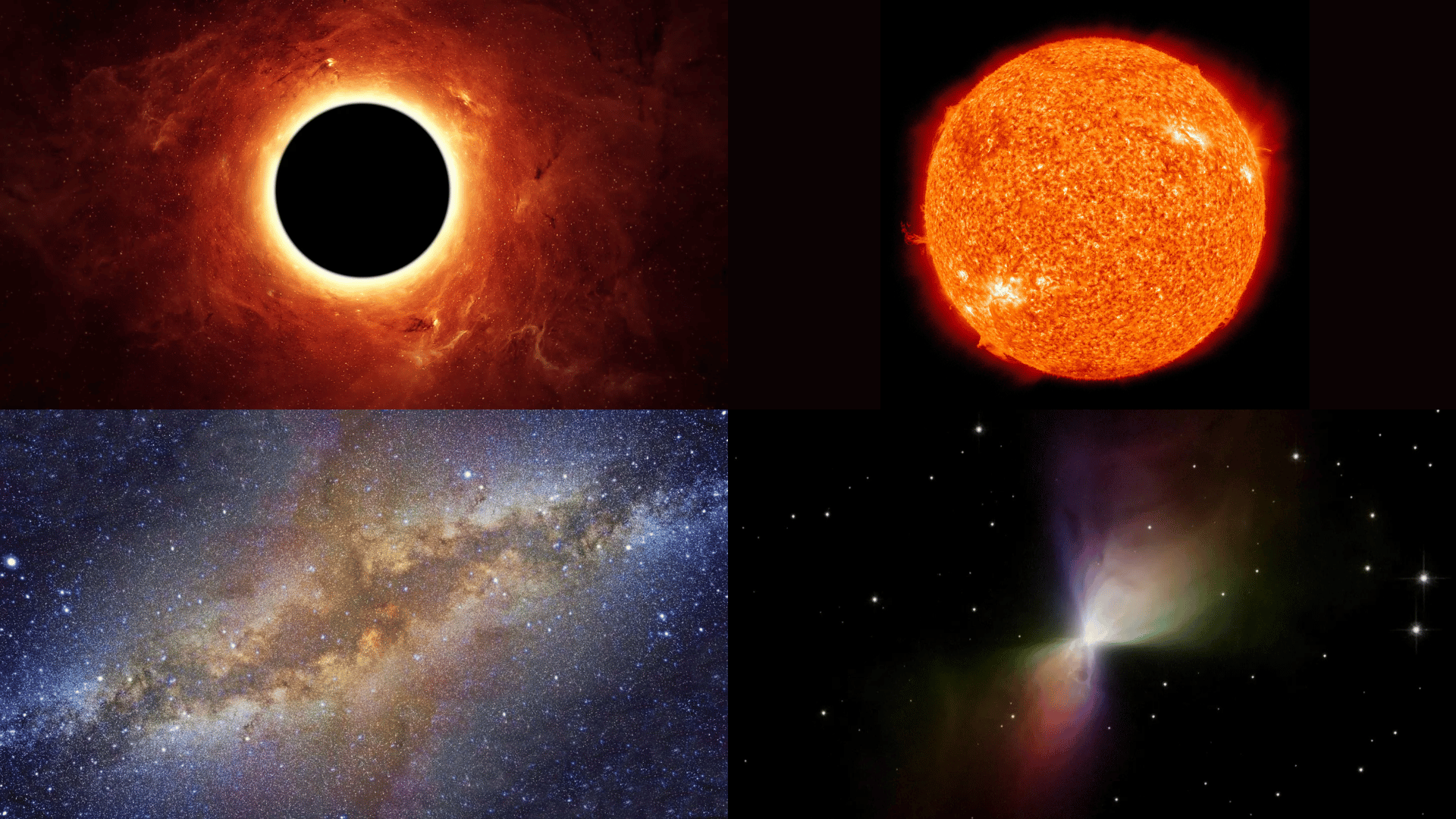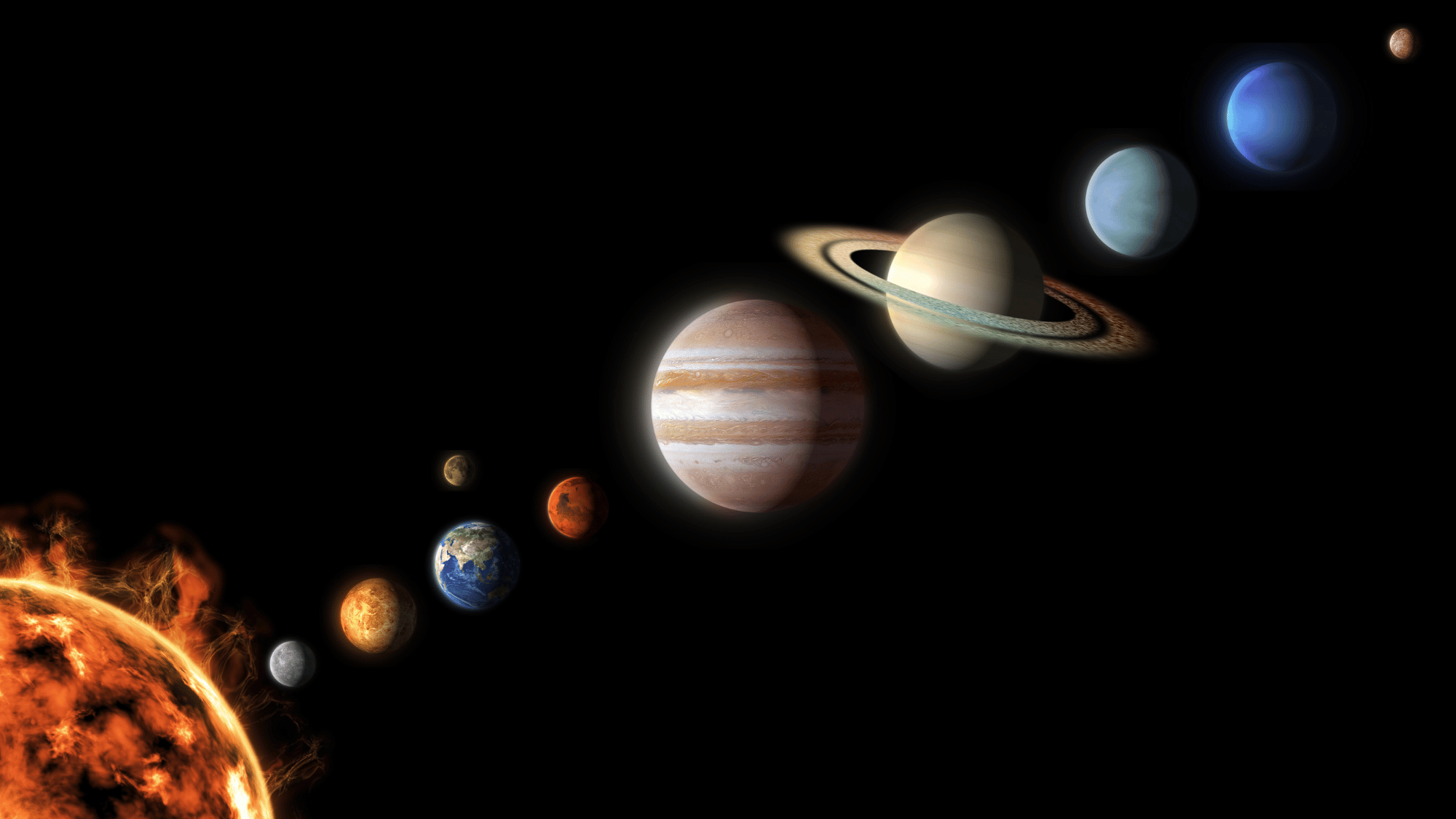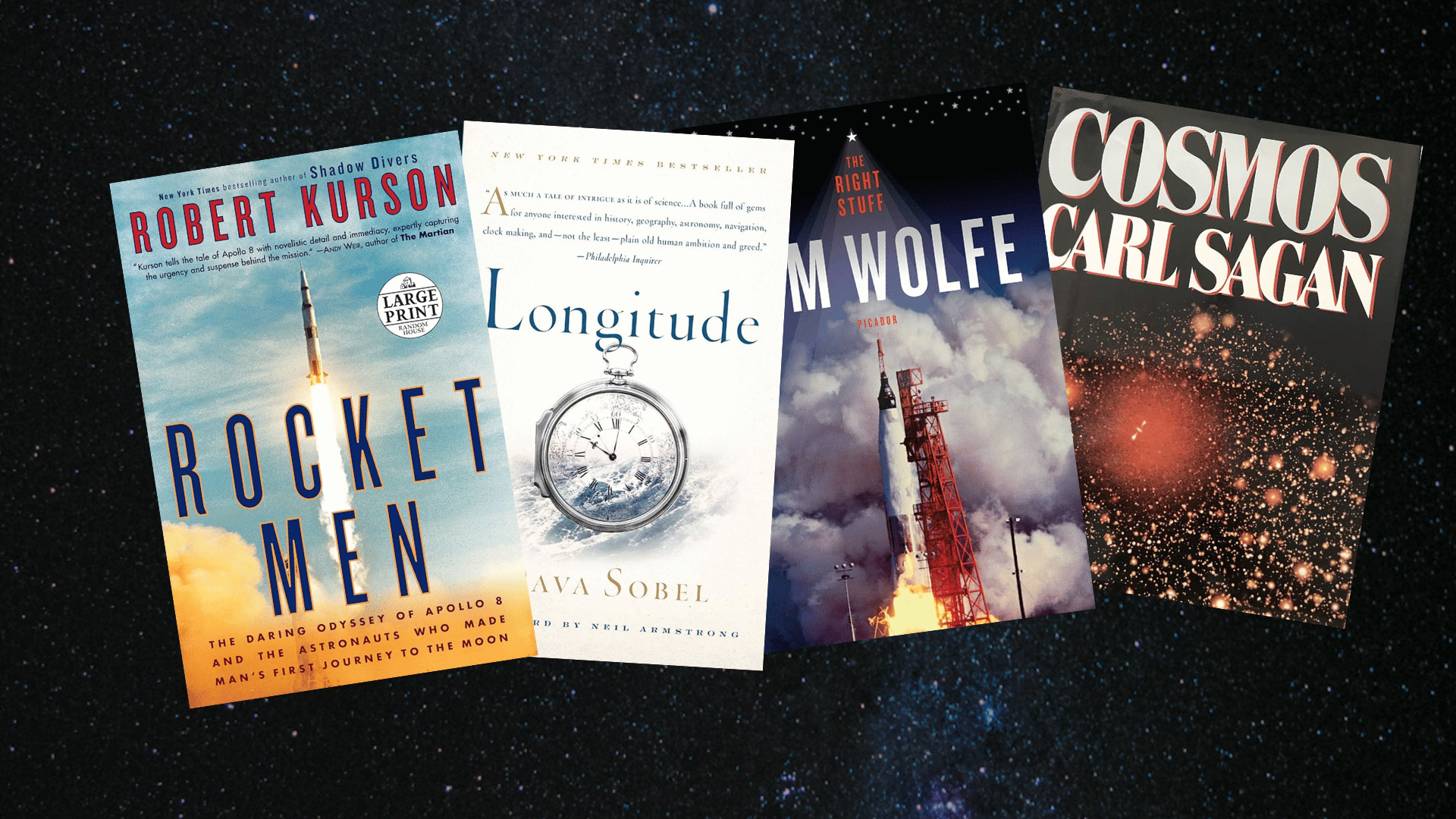Ready to learn about the scariest parts of outer space? Buckle up, because space is way more frightening than any movie!
Space seems beautiful when we look at stars from Earth, but it’s actually one of the most dangerous places you can imagine. There are scary things in space that scientists find all the time.
From exploding stars to monster black holes, space is filled with things that would give anyone nightmares.
Some of these dangers could even affect Earth someday! You might want to keep the lights on while reading! Let’s find out what makes space so scary.
Why Space Itself is so Terrifying
Space is terrifying because it’s the opposite of everything humans need to survive. There’s no air to breathe, which means you’d pass out in just 15 seconds without a spacesuit.
The temperature swings are crazy; it can be 250 degrees hot in sunlight and negative 250 degrees cold in shadows.
Scary things in space include deadly radiation from the sun that would cook you like a microwave oven. There’s also no sound in space because sound needs air to travel.
You could be right next to an exploding star and hear absolutely nothing! The silence and emptiness go on forever in every direction.
Your body would also float helplessly with nothing to push against.
Top Scary Things in Space
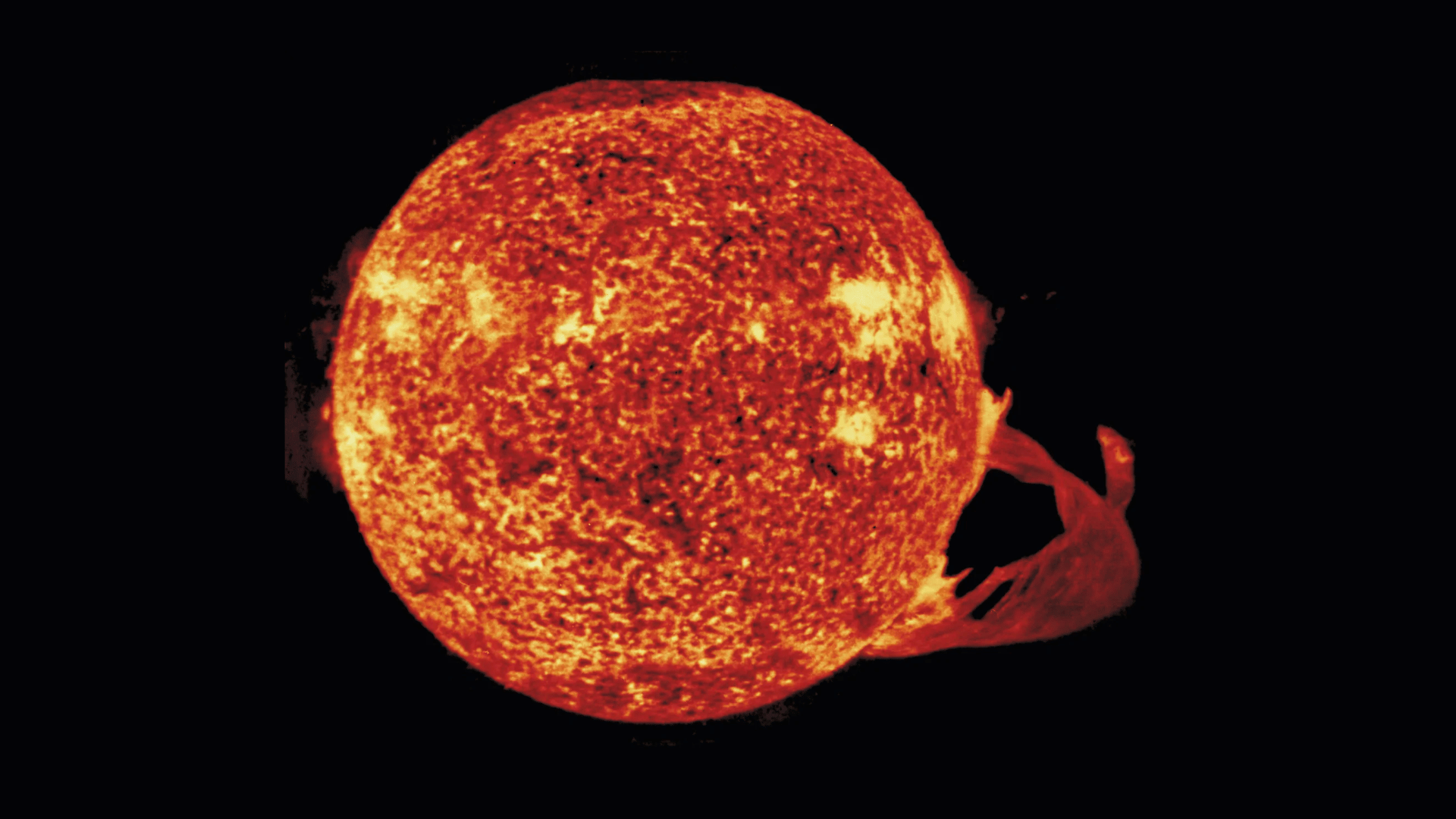
Image source: Britannica
Space contains terrifying phenomena that challenge our understanding of the universe, from black holes to deadly radiation that threatens all life.
1. Black Holes that Eat Everything
Black holes are like cosmic vacuum cleaners that suck in everything, even light itself! Once something crosses into a black hole, it can never escape.
Scientists found a supermassive black hole that’s 40 billion times bigger than our sun. If you fell into one, you’d get stretched like spaghetti.
2. Rogue Planets Floating in Darkness
Imagine planets wandering through space with no sun to orbit; that’s what rogue planets do! These lonely worlds drift through the darkness of space, freezing cold and completely alone.
Scientists think there might be billions of rogue planets floating around our galaxy. Some might have been kicked out of their solar systems by giant planets.
These scary things in space could crash into other planets or stars as they wander.
3. Gamma-Ray Bursts
Gamma-ray bursts are the biggest explosions in the universe since the Big Bang! They happen when massive stars collapse or when neutron stars crash together.
One burst releases more energy in 10 seconds than our sun will make in its entire 10-billion-year life.
If a gamma-ray burst happened close to Earth, it could destroy our atmosphere and cause mass extinctions.
4. Zombie Stars that Won’t Die
Some stars refuse to die normally; they become zombie stars instead! When certain stars explode, they don’t completely blow apart.
They survive as weird, undead stars that are super dense and dangerous.
One type, called a white dwarf, can steal gas from nearby stars. When it steals enough, it explodes again in something called a supernova.
5. The Boötes Void Giant Empty Space
The Boötes Void is an enormous empty region about 330 million light-years wide. Scientists call it the Great Nothing because it contains only about 60 galaxies, whereas there should be thousands.
They believe this void wasn’t caused by a black hole, but by the random spread of matter after the Big Bang; some regions filled with galaxies, while others, like this one, remained nearly empty.
If our Milky Way sat in the Boötes Void, we wouldn’t have discovered other galaxies until the 1960s.
6. Hypervelocity Stars Shooting Through Space
Hypervelocity stars are stars that have been flung out of galaxies at incredible speeds! These stars travel at over one million miles per hour through space.
Most stars orbit peacefully in galaxies, but these got too close to supermassive black holes.
The black hole’s gravity acted like a slingshot and threw them out. Now these stars zoom through the emptiness between galaxies with no way to slow down.
7. Magnetars: The Universe’s Strongest Magnets
Magnetars are neutron stars with magnetic fields a trillion times stronger than Earth’s! These are the most magnetic objects in the entire universe.
A magnetar’s magnetic field is so powerful that it could erase your credit card from thousands of miles away. If one got within 600 miles of Earth, it would pull the iron from your blood.
8. The Great Attractor Pulling Our Galaxy
Something huge and invisible is pulling our Milky Way galaxy toward it at 1.4 million miles per hour! Scientists call this mystery thing the Great Attractor, and it’s about 150 million light-years away.
We can’t see it directly because it’s hidden behind gas and dust. Whatever it is has the gravity of 10,000 galaxies pulling on us!
9. Cold Welding in Space
In space, if two pieces of the same metal touch, they can stick together permanently! This weird process is called “cold welding,” and it happens because there’s no air or water in space.
On Earth, metals have thin layers of oxidation that stop them from bonding.
In space, without those layers, the atoms don’t know they’re different pieces and join together. This could make tools and equipment get stuck together permanently.
10. Cosmic Rays Hitting Astronauts
Astronauts in space get hit by invisible cosmic rays that can go right through their bodies! These rays are tiny particles traveling at nearly the speed of light.
When they hit astronauts, they report seeing flashes of light even with their eyes closed.
Cosmic rays can damage DNA and increase cancer risk. On Earth, our atmosphere protects us from most cosmic rays.
11. Space Debris Traveling at Deadly Speeds
There are millions of pieces of space junk orbiting Earth at speeds over 17,000 miles per hour! Even a tiny paint chip traveling that fast could punch through a spacecraft window.
There are old satellites, rocket parts, and pieces from crashes floating around Earth.
The debris field is getting worse as more stuff gets launched into space. If two satellites crash, they create thousands of new dangerous pieces.
12. Vacuum of Space Makes Your Body Do Weird Things
If you went into space without a spacesuit, weird and scary things in space would happen to your body immediately! Your blood wouldn’t actually boil, but the water in your tissues would start forming bubbles.
You swell up like a balloon because there’s no air pressure holding your body together. The moisture on your tongue and eyes would evaporate instantly.
13. The Sun Will Eventually Destroy Earth
Our sun seems friendly now, but in about 5 billion years it will expand and destroy Earth! When the sun runs out of hydrogen fuel, it will grow into a red giant star.
It will become so big that it might swallow Mercury, Venus, and possibly Earth. Even if Earth isn’t swallowed, the heat will boil away our oceans and atmosphere.
14. Venus’s Hellish Surface
Venus is the scariest planet in our solar system because its surface is like an oven from nightmares! The temperature on Venus is 900 degrees Fahrenheit, hot enough to melt lead.
The atmospheric pressure is 90 times stronger than Earth’s, which would crush you instantly. The air is made of sulfuric acid clouds that rain acid, though it evaporates before hitting the ground.
15. Europa’s Underground Ocean Might Have Life
Jupiter’s moon Europa has a huge ocean hiding under its icy surface, and something might be living in it! The ocean is about 40 to 100 miles deep, much deeper than Earth’s oceans.
Europa’s surface is covered in cracks and strange reddish streaks. Scientists think the ocean might have hydrothermal vents like Earth’s oceans, which could support alien life.
16. Asteroids Could Hit Earth Anytime
Thousands of asteroids zip past Earth every year, and a big one could hit us without much warning! An asteroid just 6 miles wide killed the dinosaurs 66 million years ago.
In 2013, a meteor exploded over Russia with no warning, breaking windows and injuring over 1,000 people.
A bigger asteroid hitting Earth could cause tsunamis, earthquakes, and block out the sun with dust.
17. The Coldest Place in the Universe
The Boomerang Nebula is the coldest known place in the universe at negative 458 degrees Fahrenheit! That is just one degree warmer than absolute zero, the coldest temperature possible.
This nebula is a dying star that’s blowing out gas super fast. The rapid expansion makes the gas cool down to this extreme temperature.
18. Solar Flares Could Knock out Our Technology
The sun sometimes shoots out massive bursts of energy called solar flares that could destroy our technology.
These flares send out electromagnetic radiation and charged particles toward Earth. A big solar flare could knock out power grids, satellites, and the internet for months or even years.
19. Dark Matter and Dark Energy are Mysteries
Scientists say that 95% of the universe is made of stuff we can’t see or understand: dark matter and dark energy.
We only know about regular matter like stars, planets, and people, which makes up just 5% of everything. Dark matter is invisible but has gravity that holds galaxies together. Dark energy is even weirder.
20. Time Slows Down Near Black Holes
Time doesn’t work the same everywhere in space; it actually slows down near really massive objects like black holes.
If you watched someone fall toward a black hole, you’d see them move slower and slower until they seemed frozen.
Time would feel normal as they fell in. This weird effect happens because gravity warps spacetime itself.
21. The Universe is Expanding Faster than Light
The universe is growing bigger every second, and the edges are moving away faster than light can travel.
This doesn’t break the speed of light rule because it’s space itself that’s expanding, not objects moving through space.
Galaxies far away are rushing away from us so fast that we will never be able to reach them. Eventually, these galaxies will move so far away that they disappear from view completely.
22. Mercury has Ice Despite Being Close to the Sun
Mercury is the closest planet to the sun, but it has frozen water ice hiding in craters. This sounds impossible, but the ice stays frozen in craters near Mercury’s poles that never see sunlight.
These craters are darker and colder than the dark side of the moon. Mercury has no atmosphere to spread heat around, so shadowed areas stay freezing cold forever.
23. Titan has Lakes of Liquid Methane
Saturn’s moon Titan is the only place besides Earth with stable liquid on its surface, but it’s liquid methane, not water. Titan has lakes, rivers, and seas filled with super-cold liquid methane and ethane.
The temperature there is negative 290 degrees Fahrenheit, cold enough to freeze water solid. Titan has clouds, rain, and seasons just like Earth, except everything is made of different chemicals.
24. The Observable Universe has an Edge We Can’t See Past
There’s a limit to how far we can see in space; beyond that, the universe is invisible to us! This edge isn’t a wall; it’s just that light from farther away hasn’t had time to reach us yet.
The observable universe is about 93 billion light-years across. But the whole universe is probably much, much bigger, maybe even infinite.
25. White Holes Might Exist (But We’ve Never Found One)
Scientists think there might be things called white holes that are the opposite of black holes!
While black holes suck everything in, white holes would spit everything out, and nothing could ever enter them.
They’re predicted by the math of Einstein’s equations, but nobody has ever found one. If white holes exist, they might be connected to black holes through wormholes.
26. Cryovolcanoes Erupt Ice Instead of Lava
Some moons in the outer solar system have volcanoes that erupt ice and water instead of hot lava. These are called cryovolcanoes or ice volcanoes.
Saturn’s moon Enceladus shoots huge geysers of ice particles into space from its south pole. Neptune’s moon Triton has nitrogen ice geysers.
These eruptions happen because the insides of these moons are warmer than their surfaces.
27. Space Smells Like Burning Metal and Gunpowder
Astronauts who have done spacewalks say space has a distinct smell when they come back inside. They describe it as smelling like burning metal, gunpowder, or welding fumes.
The smell isn’t from space itself since space is a vacuum. Scientists think it comes from dying stars creating complex molecules that stick to spacesuits.
When astronauts return to the spacecraft, these molecules react with the air and release the smell.
28. The Voyager Spacecraft is Still Traveling After 45+ Years
The Voyager 1 and 2 spacecraft launched in 1977 and are still working and sending data back to Earth. They traveled farther than any human-made object ever, over 14 billion miles from Earth.
Voyager 1 left our solar system in 2012 and is now in interstellar space. These spacecraft carry golden records with sounds and images from Earth in case aliens find them.
29. We Might Be Alone in the Universe
Despite billions of stars and planets, we haven’t found any evidence of alien life yet, which is called the Fermi Paradox.
Scientists think if aliens exist, where is everybody? Maybe life is extremely rare, or maybe advanced civilizations destroy themselves before spreading through space.
Could Humans Ever Survive the Dangers of Deep Space?
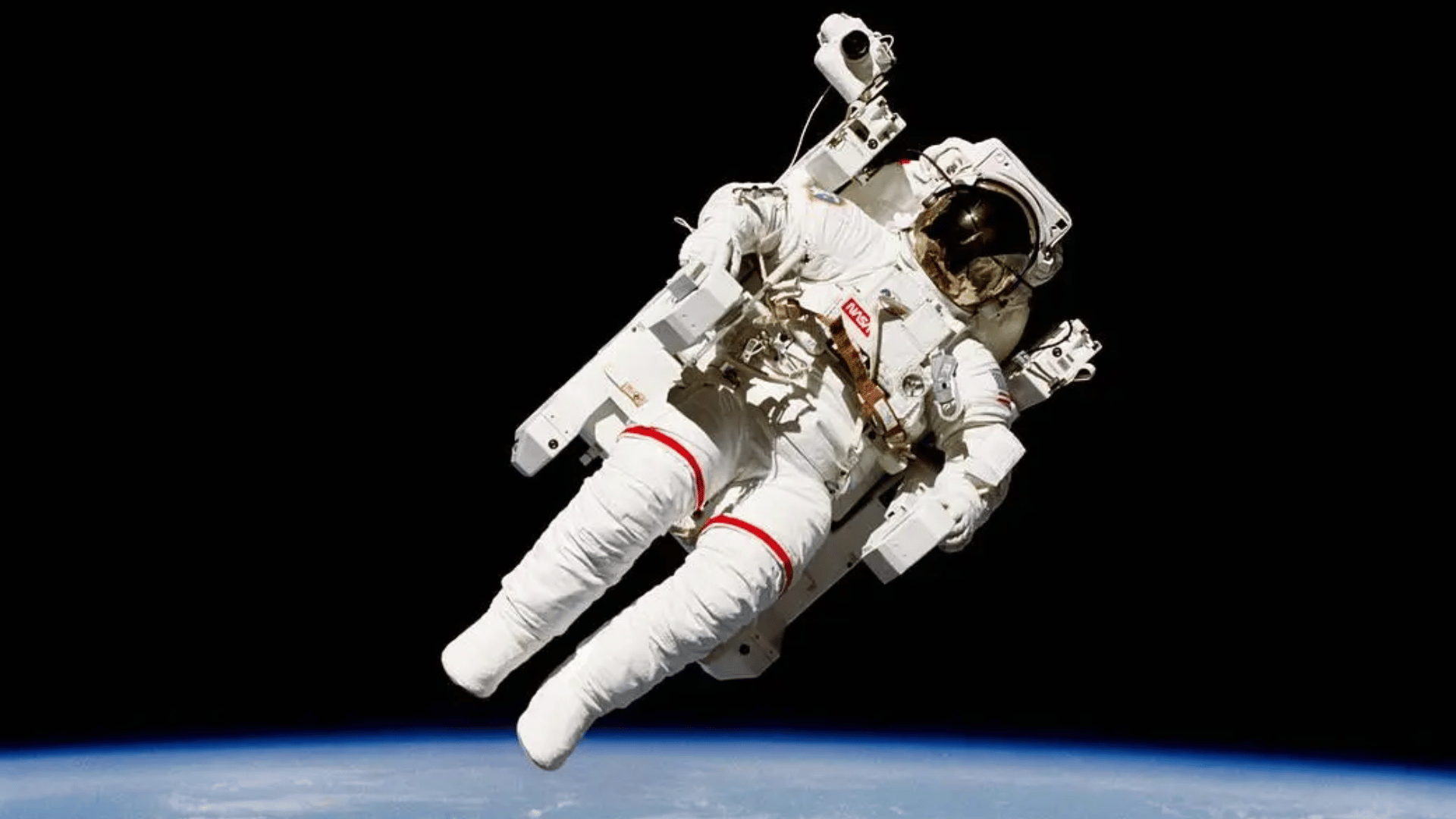
Image source: NASA
Surviving deep space will be one of humanity’s biggest challenges, but scientists are working on solutions. The main problems are radiation, lack of gravity, and psychological stress from isolation.
Radiation is especially dangerous because it can damage DNA and cause cancer. Scientists are designing better spacesuits and spacecraft with special shielding to protect astronauts from cosmic rays.
The lack of gravity makes bones weak and muscles shrink, so astronauts need to exercise for several hours every day.
For trips to Mars and beyond, we need spaceships with artificial gravity created by spinning. Mental health is also important.
Conclusion
Space isn’t just vast, it’s a place of unimaginable extremes.
Yet, even with all its dangers, space represents our greatest mystery and our greatest adventure.
Every new discovery, from strange voids to distant worlds, teaches us more about where we came from and what might be out there waiting to be found.
The universe may be terrifying, but it’s also breathtaking. And perhaps the scariest, and most exciting, part is how much we still don’t know.



